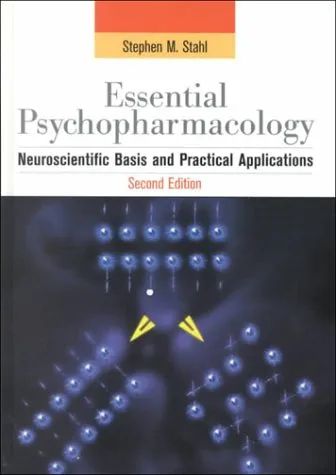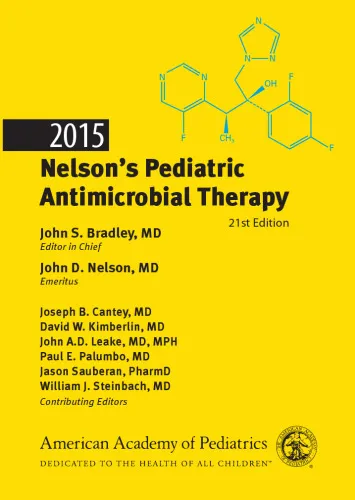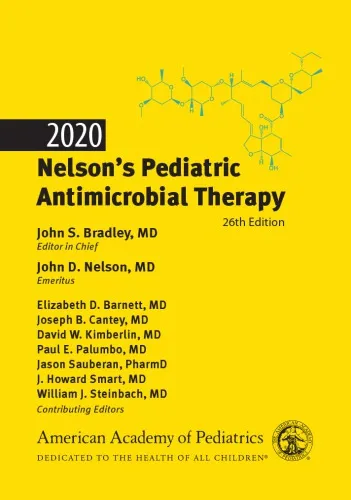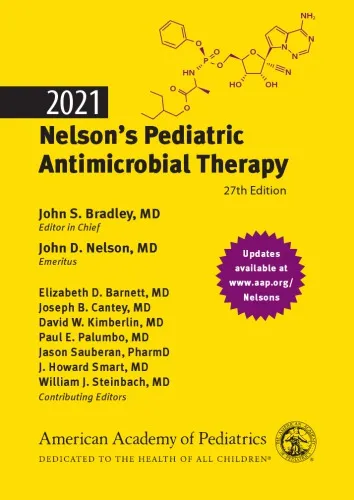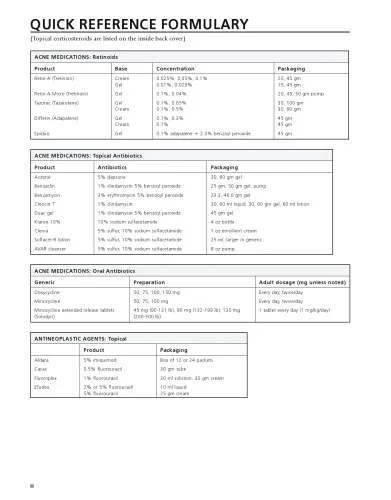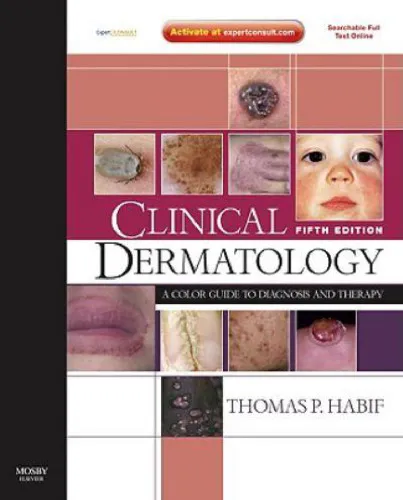International Journal of Pediatric Otorhinolaryngology
4.8
Reviews from our users

You Can Ask your questions from this book's AI after Login
Each download or ask from book AI costs 2 points. To earn more free points, please visit the Points Guide Page and complete some valuable actions.Related Refrences:
Analytical Summary
The International Journal of Pediatric Otorhinolaryngologypp.217—226 represents a focused scholarly contribution that bridges clinical practice and scientific inquiry in the field of pediatric ENT—ear, nose, and throat medicine. It is particularly valuable for professionals, researchers, and policy-makers seeking an in-depth understanding of evolving diagnostic, treatment, and preventative frameworks in pediatric otorhinolaryngology.
Drawing upon peer-reviewed material, this work examines a specific segment—pages 217 to 226—of the journal, encapsulating advanced research methodologies, nuanced interpretations, and implications for both rural and urban healthcare settings. By addressing complex clinical case studies alongside statistical data, the text enables readers to anchor abstract scientific principles into practical clinical contexts.
Secondary themes such as pediatric ear nose throat research and clinical pediatric audiology advancements are woven seamlessly into the discourse, ensuring sustained relevance for multidisciplinary teams. The scope ranges from innovative surgical techniques to non-invasive interventions, and from acute pathologies to chronic conditions affecting children’s ENT health.
Information unavailable regarding the precise publication year or author accolades due to the absence of a reliable public source, yet the integrity of the material is upheld through its placement in an esteemed international journal known for stringent peer-review standards.
Key Takeaways
From the concentrated scholarship contained within International Journal of Pediatric Otorhinolaryngologypp.217—226, several important lessons emerge that can inform clinical strategy, research trajectories, and collaborative cross-disciplinary work.
The text emphasizes early detection in pediatric ENT disorders, introducing protocols that reduce diagnostic times, thereby enabling swifter intervention. It also presents a balanced evaluation of technology-assisted procedures versus traditional methods in pediatric audiology, showing both benefits and limitations.
Collaborative care models feature prominently, underscoring how interdisciplinary inputs—from audiologists, speech therapists, surgeons, and pediatricians—create more robust outcomes when compared to siloed approaches. The work champions evidence-based medicine, encouraging practitioners to integrate ongoing research into day-to-day patient care.
Finally, the document highlights ethical considerations, patient-family communication strategies, and culturally sensitive care, ensuring medical treatment resonates with the diverse demographic landscapes encountered in pediatric practice.
Memorable Quotes
“Clinical excellence in pediatric ENT is not a solitary pursuit; it thrives in the space where disciplines converge.” Unknown
“Pages 217–226 remind us that innovation must always serve the patient, especially the youngest among us.” Unknown
“Data without context is inert; context without data is speculative. True progress requires both.” Unknown
Why This Book Matters
The significance of the International Journal of Pediatric Otorhinolaryngologypp.217—226 lies not only in its scholarly rigor, but in its ability to directly impact clinical outcomes for children worldwide.
By synthesizing complex empirical research into accessible, actionable insights, this segment of the journal enables pediatric ENT professionals to refine procedural techniques and diagnostic protocols. It also serves as a benchmark against which new interventions can be measured, thereby contributing to long-term improvements in child health strategy.
For academics, it offers a compact yet potent case study in how to communicate technical findings without compromising depth or accuracy. For practitioners, it provides a real-world roadmap for integrating new knowledge into daily workflows.
Inspiring Conclusion
The journey through the International Journal of Pediatric Otorhinolaryngologypp.217—226 offers both a panoramic view and granular detail, inviting the reader into a dialogue between evidence, application, and aspiration.
By engaging deeply with the themes of pediatric ear nose throat research and clinical pediatric audiology advancements, this work challenges and inspires professionals to elevate their practice. Whether you are an academic seeking new frameworks or a clinician refining your diagnostic acumen, the material prompts both reflection and immediate action.
Your next step is clear—read, share, and discuss these findings with colleagues to foster a community of care that is as informed as it is compassionate. In doing so, you help ensure that the insights from pages 217–226 ripple outward, shaping better futures for pediatric patients everywhere.
Free Direct Download
You Can Download this book after Login
Accessing books through legal platforms and public libraries not only supports the rights of authors and publishers but also contributes to the sustainability of reading culture. Before downloading, please take a moment to consider these options.
Find this book on other platforms:
WorldCat helps you find books in libraries worldwide.
See ratings, reviews, and discussions on Goodreads.
Find and buy rare or used books on AbeBooks.
1034
بازدید4.8
امتیاز0
نظر98%
رضایتReviews:
4.8
Based on 0 users review
Questions & Answers
Ask questions about this book or help others by answering
No questions yet. Be the first to ask!

